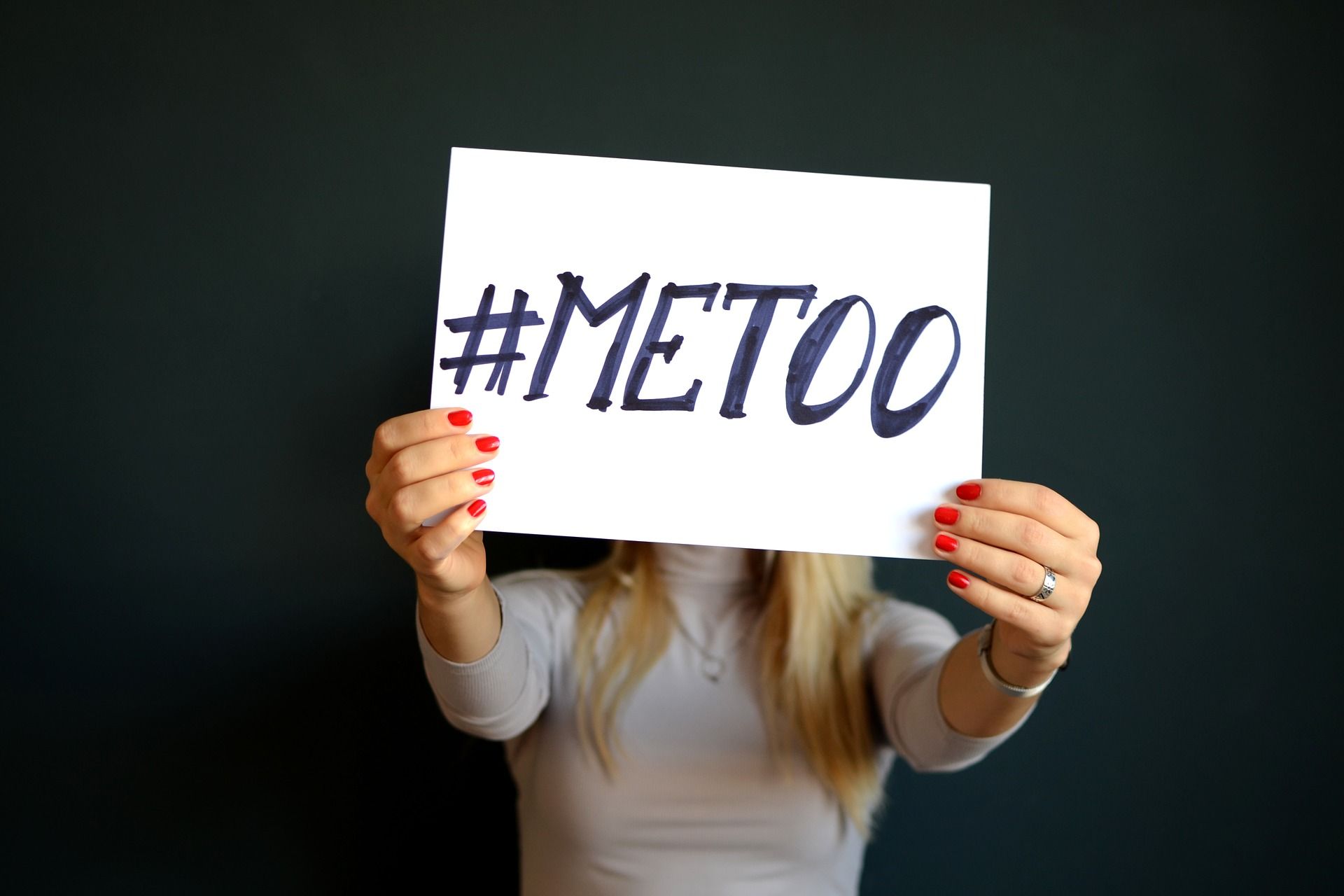October 15 marks one year since the hashtag #MeToo went viral on social media soon after the sexual misconduct allegations against Harvey Weinstein became public. Within the first 24-hours, the hashtag was used approximately 500,000 times on Twitter and 4.7 million times on Facebook by people replying with their own stories of sexual harassment and abuse.
The workplace is one of the most likely places for people to experience harassment. According to a national survey from the nonprofit Stop Street Harassment, the workplace was the second most likely place for women to experience harassment (38 percent of respondents), behind a public place (66 percent) and just ahead of home (35 percent). For men, the most frequently reported locations were in public (19 percent), at school (14 percent) and 13 percent named a combination of work and home by phone or text.
What has this meant for employers over the past year? Have companies changed as result of the #MeToo movement? Are employees behaving differently now?
From my observation and research, I have concluded these points:
- Companies are very worried about sexual harassment, but they are not doing enough about it;
- There is a disconnect between what employers report they are doing about sexual harassment and what employees observe companies doing;
- While employees now think they are more likely to be believed when reporting sexual harassment, men and women are worried about the repercussions of the #MeToo movement on their careers.
In this series of four articles, I will examine each of these three conclusions and, in my fourth article, offer my thoughts about what businesses should be doing to address their culture problems that set up an environment where sexual harassment and another bullying that will destroy performance, public perception
Part I: Companies react to #MeToo. But is it enough?
A large regional employer offered raunchy entertainment, late-night partying and an open bar at its annual management retreats. A line employee eventually won a large payout against the company for sexual harassment because of a department head’s behavior, even though the company had a clear policy against sexual harassment and all new managers were required to undergo training.
As this example shows, a charge of sexual harassment is only the symptom of a much deeper culture problem – often a systemic problem that has been brewing for years.
Employers are veryworried right now. According to the 2018 Littler Annual Employee Survey of more than 1,000 in-house counsel, human resources and C-suite executives, 66 percent say sexual harassment is the most or second-most concerning issue on their minds. So what have they done about it?
- More than half (55 percent) say they have added training;
- 38 percent say they have updated policies or handbooks;
- 29 percent say they more proactively addressed employee complaints;
- 13 percent say they have implemented new tools or investigative procedures to manage complaints; but
- 24 percent say they have done NOTHING.
Still other companies are buying insurance to protect themselves against expensive lawsuits, public relations crises and other legal battles. Investment banks and merger and acquisitions advisers are advising their clients to add a so-called “Weinstein clause” to their deals to protect themselves from sexual harassment claims. If claims arise over subsequent revelations, companies negotiate the right to take money back from the deal.
Just one sexual harassment claim can damage a company’s image, according to researchers at UCLA and the University of Amsterdam. According to the 2017 Cone Communications Corporate Social Responsibility (CSR) Study, 76 percent of consumers will boycott a brand if it does not support their values. That means public support of a company culture regarding #MeToo is very important.
Just as with insurance, training and policies are often a company’s tactics to protect it against law suits, not a sincere effort to change employee behavior and create a positive workplace culture. Employers use the existence of company policies, procedures and training so that they can minimize their liability for hostile work environments. But researchers have not found much evidence that training reduces the number of sexual harassment incidents in the workplace or helps to shift its culture toward one that takes the issue seriously. Often employers – and employees – just see training as one more box that has to be checked off so that they can move on to the “important” work.
But if companies are so worried about sexual harassment, why are they doing so little? From my experience as a consultant, I see many reactions. Some companies have shifted into paranoia and paralysis, not knowing what to do and where to start. Others are afraid to bring up the issue, fearing they are unnecessarily opening a can of worms. They think it will go away if they don’t say anything about it.
Many others believe they don’t have a problem. As a former employee and now as a consultant, I can say with confidence most businesses that believe they don’t have a sexual harassment problem are deluding themselves. Probably the high-90th percentile of businesses have some kind of sexual harassment problem, whether or not they know it.
An ironic example: I was setting up in a classroom to make a presentation to 65 employees about sexual harassment, and on the front row I overheard two managers telling an inappropriate joke with the punchline, “That’s what she said.” I turned around and confronted them, reminding them of the purpose of the workshop. They were unaware that their behavior fell under sexual harassment and could be labeled as contributing to a hostile work environment.
How can companies react to #MeToo in a meaningful way? There is a place for tactics such as training, policies and procedures, but only after the company culture has been evaluated through an in-depth discovery process to get at the root of a team’s strengths and opportunities.
Only then should new processes and systems be installed, while further developing a team’s talent and holding them accountable. Sexual harassment is just one issue that such an approach addresses. When the entire culture changes, negative behaviors of all types change.
Latest posts by Shelley Smith (see all)
- Part IV: How To Respond To A #MeToo Workplace Problem: The Steps You Need To Follow - October 21, 2018
- Part III: Men And Women Play Defense In The Workplace After #MeToo - October 14, 2018
- Part II: Employees Don’t See Companies Doing Much About #MeToo - October 7, 2018













